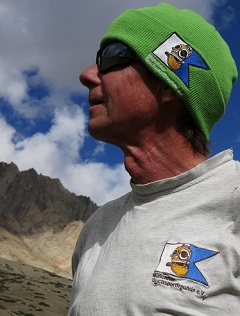
Trekking in Ladakh - Some marginal Tips ...
Food & Drink
During trekking we got food and drink all inclusive. But meat eaters should be aware: Buddhists don't kill animals. Consequently there is no meat for eating. An eldorado for vegetarians! I didn't really miss meat for lunch or dinner. The served meals were really tasty and varied from day to day, mostly together with rice, noodles or potatoes. A local speciality is
Dahl, a kind of indian lentil soup.
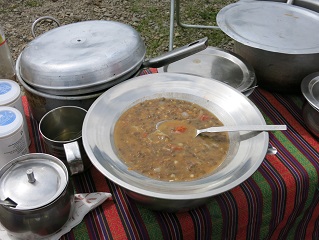
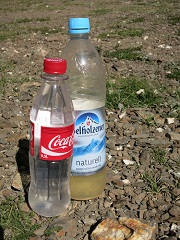
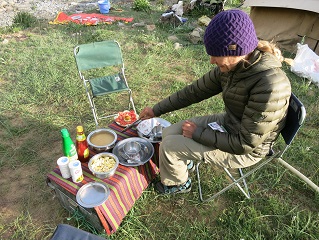
For wake up Tinles served the first cup of coffee directly at the tent: Nescafé prepared with hot milk. Who wants to have coffee for breakfast and in the afternoon over the whole trek, should give sign in advance that the provisions will last. Otherwise fresh mint or cardamon tea is served. For the day trip always boiled water for drinking is provided. As bottles german returnable bottles proved of value. They are lightweight and at the sametime strong enough.
A friend of mine gave me the advice to have enough money of the local currency with me, to be able to buy a bottle of beer in the villages. But to be honest - I prefer a freshly prepared mint tea over a bottle of indian "Godfather"!
Pocket Money
Apropos local currency, with the all inclusive food and drink during trekking, normally you don't need to have pocket money with you. But in the camps inhabitants of the villages pass by and are collecting for different local projects such as water pipes, electricity, school for the children ... everything meticulously noted in a donation book. I was a bit ashamed, that we didn't have even 100 or 200 rupies for donation.
On Trekking
Toi toi toi! I had no problems with my mountain boots. I made good experiences with nylon socks instead of cotton ones. The boot is sliding on the nylon and not the cotton on the skin. In the case of pressure marks Dr. Scholls Druckstellenpflaster helps.
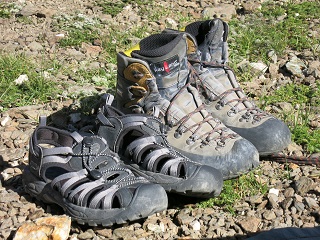
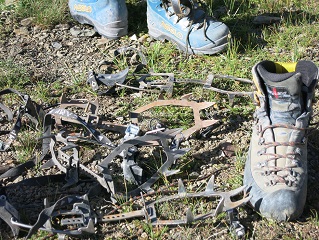
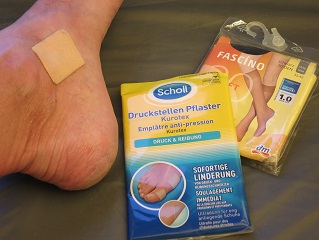
For the rise to the mountain summit eventually crossing a glacier, the boots should be suitable for crampons (finally we didn't need them). For river crossings it was a goog advice to have good fitting sandals which are quick-drying.
Living and Sleeping in the Camp
Overnight stay is in tents on grassland. The VauDe-double-roof-iglus are very solit and can be quickly build up. Mostly the kitchen team has already built up the tents when we arrived at the destination of the day.
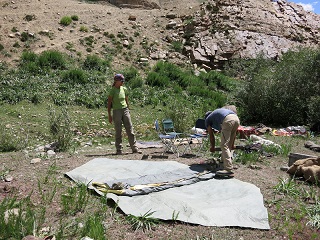
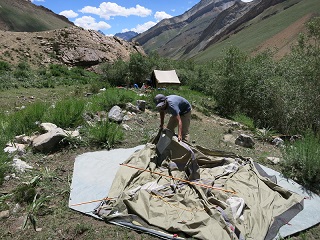
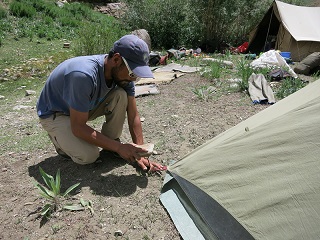
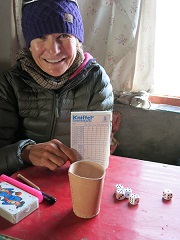 It is good use to have something for pastime: a deck of cards, cubes, or something to read. After dinner it gets night at 7:30 p.m. - and no electric light. That means night break till 6:00 a.m.. More time for sleeping than I ever get at home ;-)
It is good use to have something for pastime: a deck of cards, cubes, or something to read. After dinner it gets night at 7:30 p.m. - and no electric light. That means night break till 6:00 a.m.. More time for sleeping than I ever get at home ;-)
After the wake-up coffee Tinles brougt us warm washing water to our tents. And for "wastewater" the orange coloured toilet tent was built up at the edge of the camp and was sometimes rattling in the wind. Toilet paper was always provided. I preferred this silent room over some french water closets on camping sites were watering had to be done with a bucket of water.
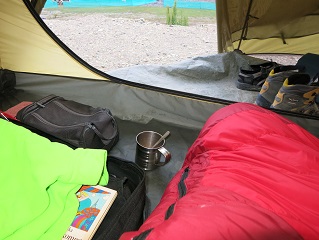
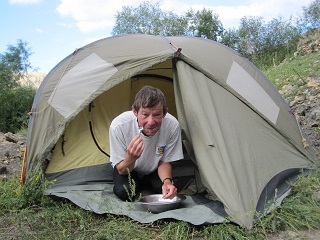
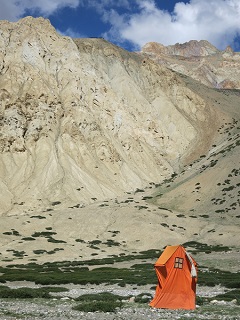
>zurück
© 14.09.2015 Hubert & Doris
 hb (at) mtsf.de
hb (at) mtsf.de










 It is good use to have something for pastime: a deck of cards, cubes, or something to read. After dinner it gets night at 7:30 p.m. - and no electric light. That means night break till 6:00 a.m.. More time for sleeping than I ever get at home ;-)
It is good use to have something for pastime: a deck of cards, cubes, or something to read. After dinner it gets night at 7:30 p.m. - and no electric light. That means night break till 6:00 a.m.. More time for sleeping than I ever get at home ;-)



 hb (at) mtsf.de
hb (at) mtsf.de